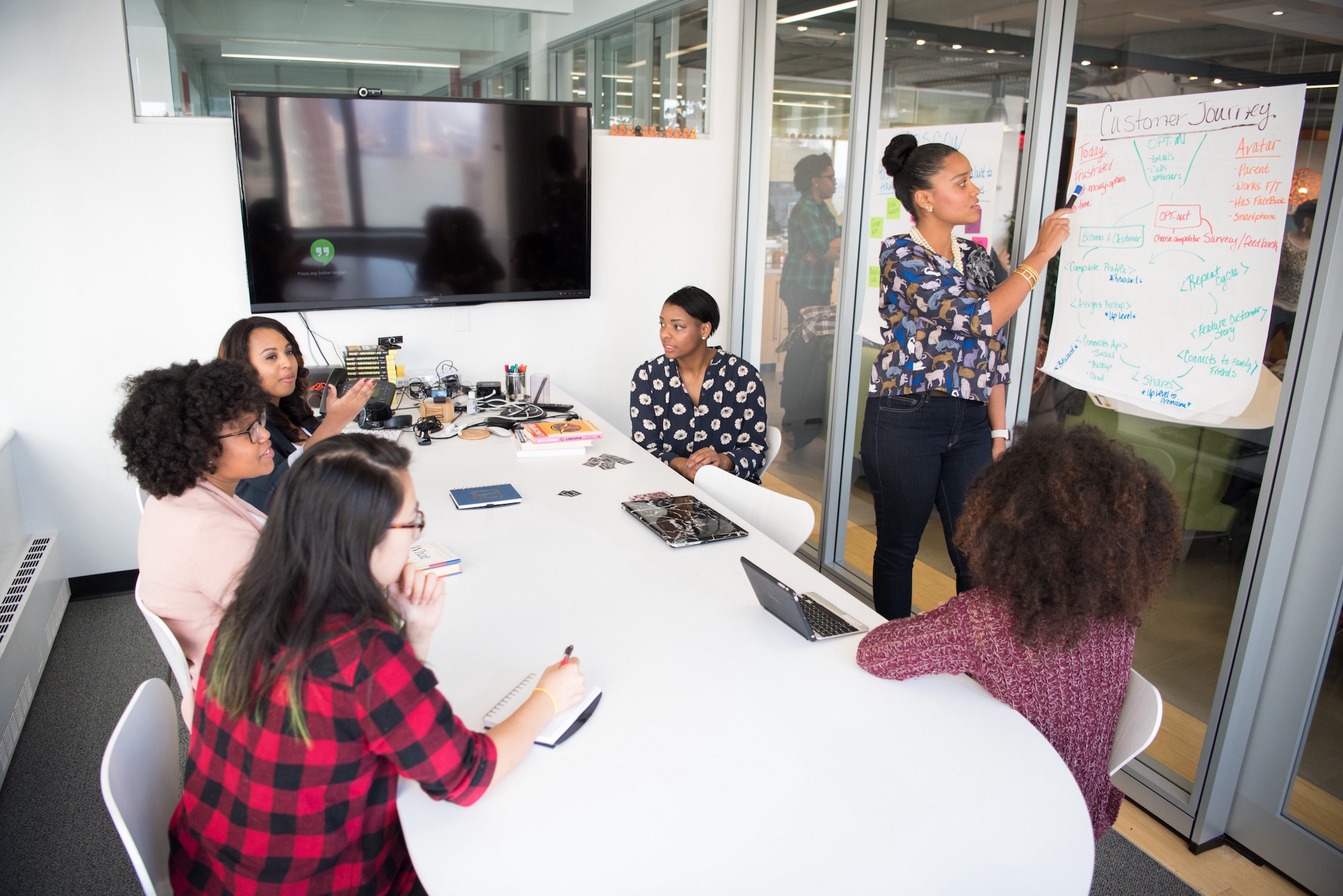Over the last few years, it’s become trendy for organizations in the social impact space to tout their commitment to “co-design” — or the practice of involving stakeholders in designing processes, products, and services. In education, especially, co-design is often billed as a more strategic means of empowering communities. Some even praise the co-design model as game-changing — a more ethical and effective way not only to create systems and products but to combat systemic inequity.
The truth, however, is that co-design isn’t a silver bullet, and on its own, it certainly isn’t the surefire indicator of a commitment to equity that some believe it is.
If folks working in the social impact space really want to create change and exact progress in the fight against systemic injustice, they need to do more than just asking a few thoughtful questions.
The problem with co-design today.
Soliciting feedback, building consensus, considering diverse perspectives, designing with the end-user in mind: these things are helpful, and generally always a good idea. It makes the stakeholders feel involved and valued, and lends important insight to the organizations. In this sense, theoretically, co-design can be very powerful. We should all be co-designing all of the time.
Yet co-design, as it’s more often practiced, doesn’t go much further than holding focus groups and conducting interviews. The term can be used as a kind of marketing solution: a badge organizations display in their website copy to broadcast their commitment to being fair, just, and compassionate towards those with less power and opportunity. Often, organizations don’t compensate stakeholders for their time and effort. Nor do they seriously consider or incorporate the input of the communities they are engaging in.
Co-design, practiced in this way, is just an empty gesture. And empty gestures, obviously, mean nothing. Certainly, they don’t achieve what co-design, in theory, is supposed to.
A better kind of co-design.
Instead of aspiring to the low bars that have been established beneath the umbrella term “co-design,” designers and organizations should aspire to a more meaningful ideal: “co-founding.”
Here’s what that looks like. Instead of inviting stakeholders to community meetings just to extract information from them, include them in the ideation and creation processes.
Instead of paying stakeholders a hundred bucks for the time they lend to your hack-a-thons and community advisory meetings, designate them as co-founders and co-builders of the project in question. Grant them, in other words, real decision-making power.
This serves to create a more robust and literal partnership. It’s beneficial for both stakeholders and the organizations working to serve them. Why? Because happier stakeholders can influence better outcomes. An end result that truly meets the community’s needs.
Co-founding meaningfully attempts to close the wealth and opportunity gaps. It offers a more genuine commitment to quality on your part in the eyes of investors, and more importantly, to the community being served.
Other sectors understand this concept far better than others, even if those sectors are problematic. Let’s take tech as an example, if a tech founder solicits an engineer’s help in building their product, that engineer is often granted equity, co-founder status, or at least bragging rights. Yet in the social impact space, we don’t offer similar opportunities to people who lend our projects similar value, but who happen to have less social capital. Why? I often wonder what the world would look like if allowed the most historically disadvantaged communities had a chance to benefit from the havoc being wreaked in their communities. I’d like to see a teacher get shares in a well-funded edtech product or a community member have the chance to sit on a school board of the “innovative” school their kids attend.
Equity is fundamentally about power.
If we’re serious about ending inequity, then we have to come to terms with this fact. Inequity is a product of systemic racism, centuries of oppression, and the fierce defense of white supremacy. This manifests in many ways. It’s inescapable. One of it’s more insidious methods is the silencing of diverse communities. This means, people cannot advocate for what they need to survive, and perhaps in the future, thrive. This is why sourcing ideas from community participants is not enough to impact inequity.
That’s why we should consider adopting a strategy of collaboration that does grant real, tangible power to people who have seldom held any.
Only when we start doing so will we start making real progress on the path to transformational change.
This piece originally appeared on Goodbets, and was published here with permission.

